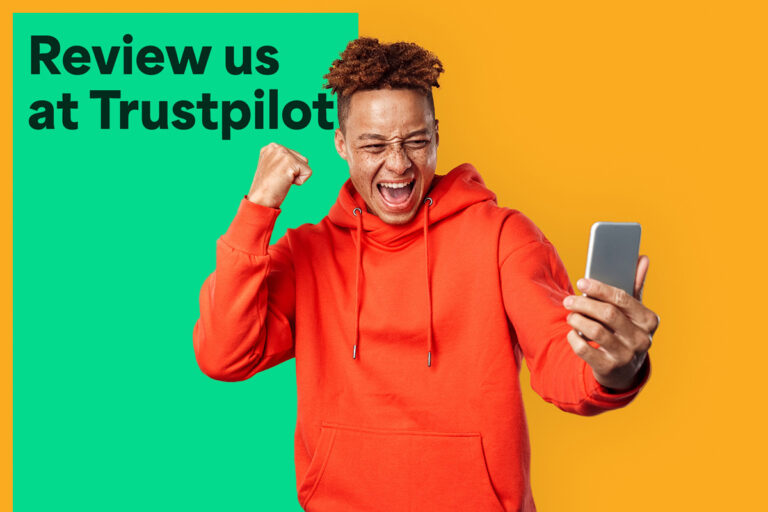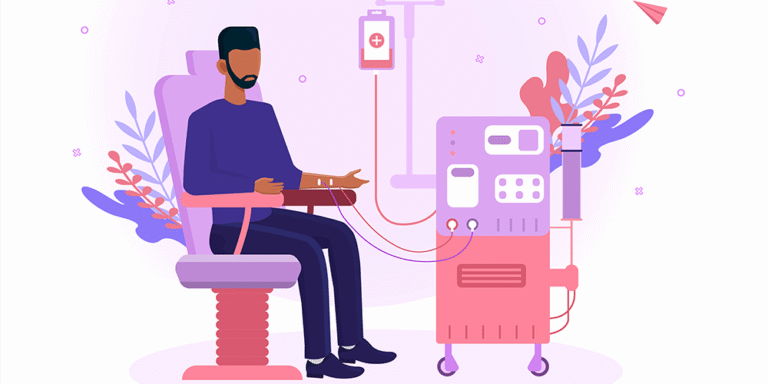Choosing the right platform and service to build your website can be a daunting task, especially with so many options available in 2025. Two prominent choices for small business owners are Shopify and Bukisweb’s Connect Web Design Service. While Shopify is an excellent solution for setting up online stores quickly, Bukisweb takes a personalized, hands-on approach with advanced features, tailored strategies, and extended aftercare services designed to grow your business.
In this article, we’ll compare the two options and show why Bukisweb’s Connect Web Design Service stands out as the better choice for businesses that want more than just a template-based solution.
1. Personalized Collaboration: Your Vision, Our Expertise
Shopify:
Shopify provides an easy-to-use platform that lets you set up a store in minutes with a wide variety of pre-built templates. However, the level of personalization you can achieve is somewhat limited unless you’re willing to invest in extensive custom development or hire external developers.
Bukisweb’s Connect Web Design Service:
With Bukisweb, personalization is at the core of our service. When you partner with us, we don’t just deliver a website—we collaborate with you to understand your unique needs, business goals, and vision. From the initial design phase to the final launch, our expert web designers work closely with you, ensuring every detail aligns with your brand and your customers’ expectations. This personalized attention means that your website will not only reflect your identity but also enhance user experience and maximize conversions.
Our Website Design Service takes a strategic approach to ensure that your site is not only attractive but highly functional. Unlike Shopify’s predefined templates, we create tailored, custom designs that fit your business needs.
2. Advanced Features & Customization
Shopify:
Shopify shines in its ability to quickly set up an online store, especially for those who need an eCommerce solution. It has a broad range of apps and plugins, but many of them come at an additional cost. Additionally, Shopify’s customization is somewhat restricted to its built-in tools and themes unless you invest in advanced coding.
Bukisweb’s Connect Web Design Service:
One of the biggest advantages of working with Bukisweb is the ability to build advanced custom features that Shopify can’t easily match. Whether you’re looking for a complex business solution, a custom web app, or unique integrations, we go beyond just the basics. Our team of developers will implement features specific to your business, such as advanced customer dashboards, dynamic pricing, membership systems, booking features, and much more.
For example, our eCommerce services can be fully customized to suit your specific sales model, whether you’re using WooCommerce, BigCommerce, or other advanced platforms. We can integrate payment solutions, custom shipping options, and even inventory management systems that work seamlessly with your existing operations.
3. Aftercare Services: Long-Term Growth and Support
Shopify:
While Shopify offers customer support, its aftercare service is more transactional, focusing on solving issues rather than supporting long-term business growth. Once your site is live, Shopify’s support is largely about solving technical issues, rather than offering ongoing strategic guidance.
Bukisweb’s Connect Web Design Service:
At Bukisweb, our commitment to your business doesn’t end with the launch of your website. We offer extended aftercare services designed to ensure your site is always running smoothly, continuously evolving, and adapting to your business needs. We don’t just maintain your site—we provide ongoing optimization, SEO services, regular updates, and performance monitoring to help you stay ahead of the competition.
Moreover, we provide training and consultation so you can effectively manage your website in the long term. If your business needs evolve, we’re always ready to help with enhancements, feature upgrades, or digital marketing strategies.
Check out our Client Results to see how our aftercare service has positively impacted businesses across various industries.
4. Pricing: A Look at Costs vs. Value
Shopify:
Shopify offers a range of pricing tiers, from $29/month for the basic plan to $299/month for advanced features. While the upfront costs are predictable, Shopify’s pricing can quickly scale up depending on additional apps, transaction fees, and add-ons. For example, if you require custom functionality or additional design work, you’ll likely face additional costs for development and ongoing maintenance.
Bukisweb’s Connect Web Design Service:
With Bukisweb, the pricing structure is flexible and depends on the scale of the project. While the initial investment may be higher compared to Shopify’s monthly subscriptions, the value we provide is unparalleled. We don’t just build a website; we create a long-term asset for your business.
Our Website Development Services are designed to offer you full control over your website’s functionality and features, while our comprehensive support ensures that your investment pays off over time. You get full customization without the need for ongoing monthly fees or limits on customization.
5. The Bottom Line: Which Is Right for You?
Choose Shopify If:
-
You need to set up an online store quickly with minimal effort.
-
You are comfortable working with templates and pre-built apps.
-
You’re looking for a straightforward solution for selling products online without requiring extensive customization.
Choose Bukisweb’s Connect Web Design Service If:
-
You need a custom, unique website that aligns perfectly with your brand and business objectives.
-
You want more than just an eCommerce store but also a comprehensive digital strategy that grows your business.
-
You need ongoing aftercare, support, and strategic guidance to ensure your website evolves with your business.
If you’re ready to scale and need a bespoke web design solution, contact us today. Let’s build something extraordinary together.











